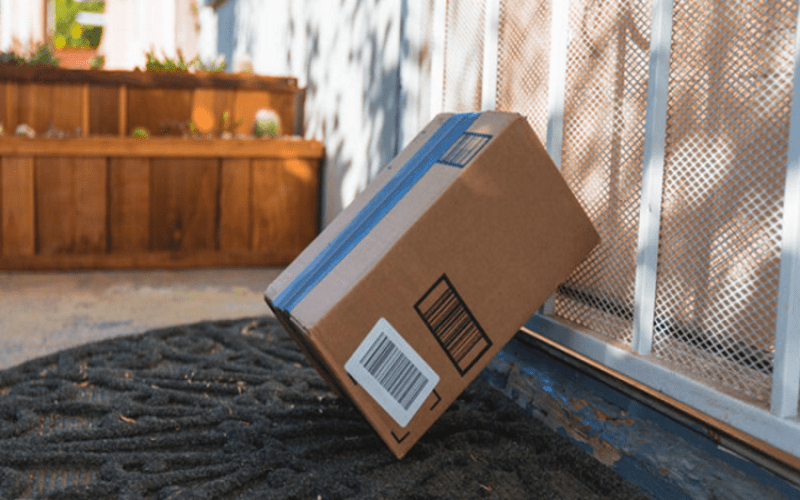Market Report
The Future of Corrugated Packaging to 2023

According to The Future of Corrugated Packaging to 2023, e-commerce is becoming a significant and high-growth opportunity for the corrugated packaging market to 2023.
Despite the economic slowdown over the past few years that has had a negative impact e-commerce packaging/ on retail sales in general, e-commerce retail sales have continued to show growth, and present a considerable opportunity for corrugated packaging suppliers.
E-commerce growth
The nature of e-commerce packaging favours the use of corrugated board as a major medium and it is now estimated that upwards of $20 billion worth of corrugated materials are used in this sector as a whole. The major sectors making use of e-sales systems include consumer electronics, books and media products, fashion, and toys, hobby, and sports equipment.
And there is room for major growth in this market too. According to 2017 data from eMarketer, e-commerce is currently responsible for 10% of all retail sales, and will grow to nearly 15% by 2020.
Smithers forecasts that the overall market for e-commerce packaging will grow rapidly in the coming years – expanding at a compound annual growth rate of 14.3% from 2017 through to 2022. This growth will see e-commerce packaging – including corrugated packaging, as well as flexible packaging, and protective and transit packaging – reaching almost $55 billion in 2022. This remarkable growth rate compares to an overall growth rate for the packaging industry of 2.9% in 2017-22.
Addressing this fast-changing market will require corrugated packaging suppliers, and the overall packaging supply chain, to meet new (and in some cases, still developing) requirements.
With an increasingly complex logistics chain, e-commerce packages are expected to be handled up to 20 times or more during a standard delivery. Added to the scale of the necessary warehousing and delivery systems for e-commerce, there is therefore considerable demand for robust, cost-effective packaging solutions in this sector.
Additional demands from brand owners are now being felt by the converting industry, as many brands now require the secondary pack to carry their image into the home, not just the retail outlet. This this increases the need for converters to produce high-quality graphic designs on the shippers themselves.
Meanwhile the advent of e-commerce especially in the grocery sector is likely to have a slight negative impact on retail-ready packaging (RRP) usage, as e-sales do not require any RRP systems. Furthermore, the innovation in e-commerce systems such as subscription box services and meal kits that offer direct-to-consumer delivery of specialist food using a weekly or monthly subscription model will have an additional, though slight, impact on the RRP market.
Furthermore, all the sustainability issues facing the corrugated market as a whole come into play even more emphatically in the e-commerce sector, with consumers demanding ease of recycling and returns for their e-commerce purchases.
While lightweighting of board has long been affecting the corrugated industry, rightweighting and rightsizing are playing an increasingly important role in this market too. This is not only in response to consumer demand for efficient packaging, but also in response to the logistics chain’s adoption of dimensional weight (DIM) pricing.
Up until 2014, retailers were charged freight costs on the basis of package weight, but since then many carriers have introduced DIM weight pricing based on the dimensions of the package, and including a ‘dimensional factor’ (typically 166 (in3/lb)) to determine the DIM weight. The major carriers, UPS and FedEx, currently use the same calculation, which is the cubic size of a package divided by 166 for domestic shipments, and 139 for international shipments. This DIM weight is then used to determine the cost of shipment.
In some instances this has led to significant cost increases, such as a 32-pack of toilet rolls costing 37% more to ship using DIM weight, and similarly a large box of disposable nappies costing nearly 10% more to ship with DIM weight. Similar examples can be found in many lightweight or low-value products, especially in the growing grocery e-sales market.
With e-commerce becoming an increasingly important element of retail, corrugated packaging stands to benefit substantially. As the supply and distribution chain for packaged goods changes, new requirements will emerge for corrugated packaging products. This makes e-commerce one of the stand-out areas of growth identified in Smithers’ forecast, The Future of Corrugated Packaging to 2023.
For more information on The Future of Corrugated Packaging to 2023 and purchasing options, please download the brochure.